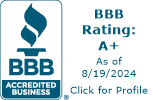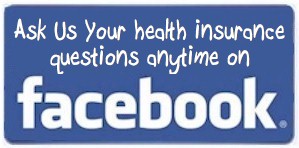With the new year we are going to see some changes in the health insurance and health services industries. Some changes are certain and some are yet to be defined. Here is what we do know and and what changes look probable for the coming year.
In 2009 there will be changes to Health Savings Accounts, also known as HSA’s. In order to open a HSA one must first have a HSA qualified health insurance plan. In 2009, individual contribution maximums to Health Savings Accounts increase to $3,000, up from $2,900 in 2008. Families may contribute up to $5,950 to HSA’s in 2009, an increase of $150 over the 2008 maximums. Americans over age 55 are eligible for an additional $1000 annual catch up contribution in 2009.
What we don’t know is the form the proposed sweeping changes over the health insurance and services sectors will take. The industry and government both appear to support a requirement that insurers cover people regardless of pre-existing conditions. The health insurance industry supports of the pre-existing condition waiver contingent upon a mandate that all Americans have health insurance either through an employer or on their own.
Some in the Government seek a National Health Insurance Exchange with a variety of health insurance options, but it remains to be seen what these plans would cover, what the cost would be and where the money will come from to pay for this program. It appears that the idea behind the National Health Insurance Exchange is that the program would force private insurance companies to keep rates low.
Tax credits for employers and some individuals may also be on the table. This was one of the better ideas from the McCain campaign concerning health reform and it is encouraging to see President Elect Obama embracing ideas to help small business and hopefully individuals as well.
I hope that the government will also consider allowing any individual to either get a tax credit for health insurance premiums or, at a minimum, allow them to use money from their HSA’s to pay their premiums.
There is also talk of increasing the more widespread adoption of generic drugs. Brand name prescription drug costs are an increasing problem for consumers with high copays, no copays or seniors stuck in the Medicare Part D doughnut whole, where they are entirely out of pocket for up to $4,350 in out of pocket expenses. That cost presents a significant financial hardship for most seniors.





